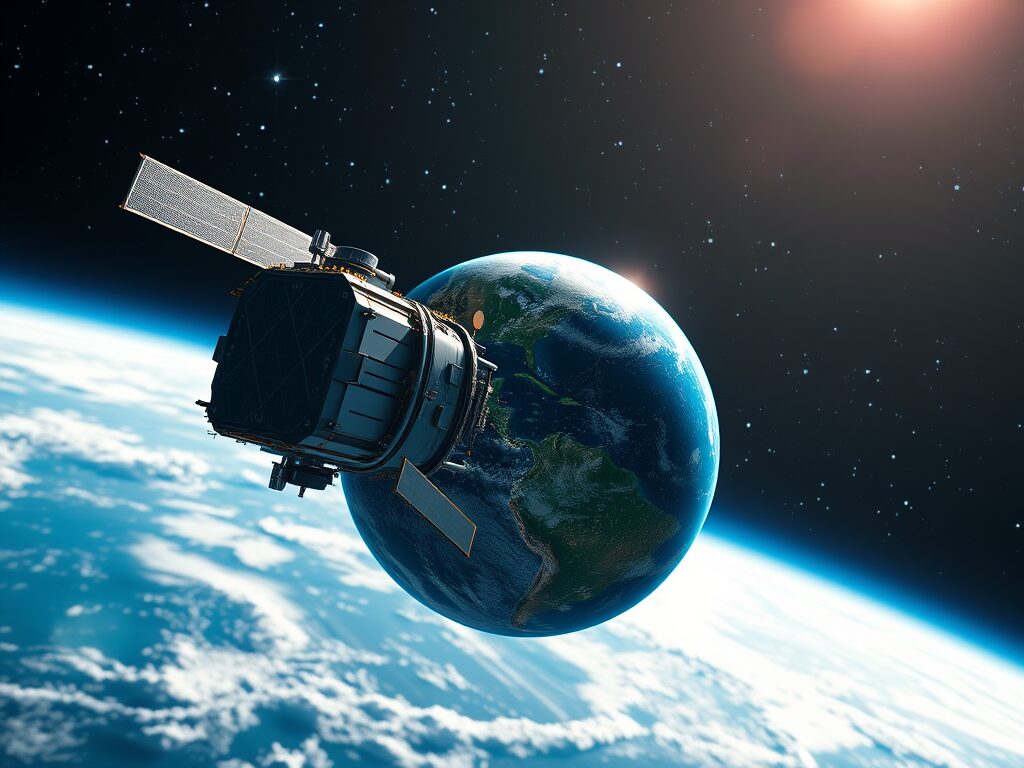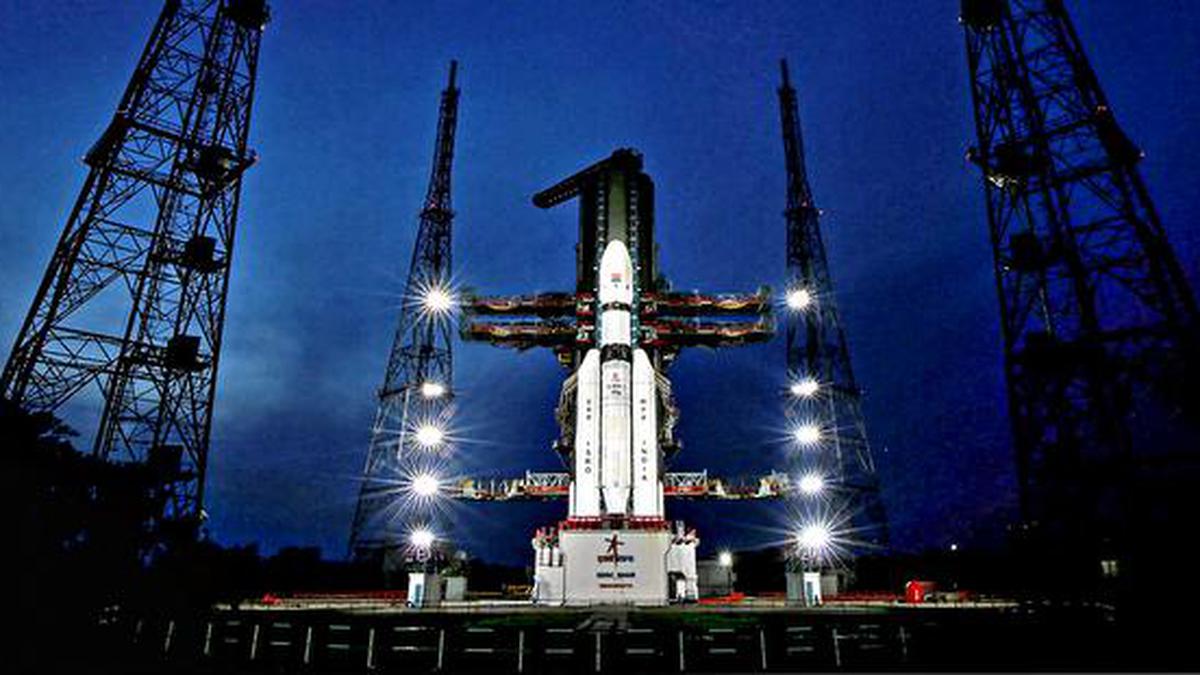ISRO’s NVS-02 NaVIC satellite launch on 29 January with ISRO’s 100th launched mission, this satellite faces some serious issue after the launch and could not achieved its intended orbit for operation. This is a navigational satellite, and for optimal performance and stability, it must be placed in a circular Geosynchronous Transfer Orbit (GTO). This satellite successfully injected in elliptical GTO orbit by GSLV-F15 rocket.
NVS-02 was designed to replace the IRNSS-1E satellite at 111.75°E in GTO. It was supposed to transition from an elliptical orbit to a circular orbit through orbit-raising maneuvers. However, the valves controlling the oxidizer flow to the thruster failed to open, preventing the orbit-raising maneuvers. As a result, the satellite remains nearly in the same position as after its injection into GTO by the GSLV-F15 rocket.
Why did ISRO’s NVS-02 satellite failed and what next ?
ISRO’s NVS-02 satellite failed to achieve its intended orbit because the valve designed to control the oxidizer for the Liquid Apogee Motor (LAM) did not open. The LAM, a bi-propellant engine used in satellites for orbit-raising and maintaining their position, operates using mono methylhydrazine (MMH) as fuel and nitrogen tetroxide (N₂O₄) as an oxidizer. ISRO commonly uses LAM to place satellites into their final orbits, especially during GTO (Geosynchronous Transfer Orbit) to GEO ( Geostationary Earth Orbit ) transitions. However, due to this malfunction, the satellite could not perform the necessary orbit-raising maneuvers.

Currently the satellite is in a good health, its solar panels generating nominal powers and communicating with the ground stations. Now ISRO’s scientist are thinking to use this navigational satellite from its current elliptical orbit.
Mangalyaan 2: India’s 2nd mission to Mars
Risks of Operating ISRO’s NVS-02 in elliptical orbit
- Inability to Achieve Full Functionality: The satellite cannot perform its full intended functions (such as replacing IRNSS-1E) without transitioning into GEO, meaning its effectiveness will be limited.
- Reduced Stability: In Geosynchronous Transfer Orbit (GTO), the satellite’s position changes continuously, unlike in Geostationary Earth Orbit (GEO) where it remains fixed over a specific point on Earth, leading to less stability in performance.
- Limited Coverage: The satellite will not be able to provide continuous and reliable navigation services as it would in GEO, since its coverage area will change with its orbit.
- Increased Power Consumption: Operating in GTO requires more energy for communications and payload operations due to fluctuating power availability as the satellite moves farther from Earth.
- Shorter Operational Lifespan: The satellite will face harsh radiation exposure and extreme temperature variations, which can shorten its operational life compared to being in GEO.
ISRO’s NVS-02 satellite will not replace IRNSS-1E, So in future ISRO will launch again new satellite to replace IRNSS-1E satellite to maintain operations of NaVIC. NaVIC is a GPS like system of India which provide navigation services to civilians and defense forces.
Read also


